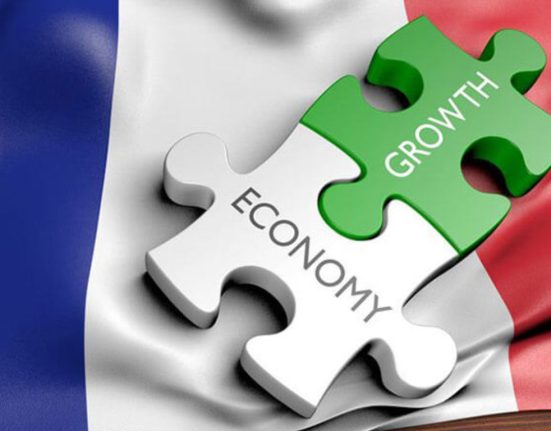Latin America’s major central banks, which have been at the forefront of some of the most aggressive monetary tightening efforts in the last two years, may now take the lead in global interest rate cuts. This shift comes as clear signs of slowing inflation emerge in countries like Chile and Brazil. While the US Federal Reserve and the European Central Bank are signaling possible interest rate hikes, the Bank of England’s recent surprise rate increase has left investors wondering about the global monetary landscape. In early 2021, Latin America embarked on an intense monetary tightening cycle to counter runaway inflation caused by bottlenecks in global production, rising food prices, and the spillover effects of fiscal stimulus measures implemented to mitigate the economic impact of the COVID-19 pandemic. Consequently, countries such as Chile, Mexico, and Brazil currently boast sky-high interest rates of 11.25%, 11.25%, and 13.75% respectively, leaving room for potential cuts.
Slowing Inflation Paves the Way for Latin America’s Central Banks to Consider Rate Cuts
Amidst the shifting global monetary dynamics, Latin America’s major central banks find themselves in a unique position. The region’s efforts to rein in inflation have yielded results, with clear indications of slowing price growth. Factors such as improved supply chain dynamics, stabilizing food prices, and the winding down of fiscal stimulus measures have contributed to this welcome development. As inflationary pressures ease, central banks are beginning to reassess their stance and explore the possibility of interest rate cuts. This potential inflection point could position Latin America as a trailblazer in monetary policy, diverging from the tightening trend observed in other parts of the world.
Contrasting Signals: US Federal Reserve and European Central Bank vs. Bank of England
While Latin America contemplates interest rate cuts, the global monetary landscape presents a contrasting picture. The US Federal Reserve and the European Central Bank have been hinting at the possibility of future interest rate hikes. In the United States, the Federal Reserve’s focus on managing inflation and supporting economic recovery may lead to a tightening of monetary policy. Similarly, the European Central Bank, concerned about rising prices and potential inflationary risks, has also hinted at rate hikes. However, the Bank of England surprised many investors by raising interest rates by half a percentage point recently. This unexpected move highlights the uncertainty surrounding global monetary policy and the divergence in approaches among major central banks.
Latin America’s Monetary Tightening Cycle: Containing Inflation Amidst Global Challenges
At the onset of 2021, Latin America embarked on an intensive monetary tightening cycle to combat mounting inflationary pressures. The region faced challenges stemming from bottlenecks in the global production chain, surging food prices, and the spillover effects of fiscal stimulus measures implemented to cushion the economic impact of the COVID-19 pandemic. To rein in inflation, central banks in countries like Chile, Mexico, and Brazil raised interest rates significantly, with Chile and Mexico currently standing at 11.25%, while Brazil’s rates soar as high as 13.75%. These elevated rates were implemented to restore price stability, mitigate the risk of overheating economies, and anchor inflation expectations.
Prospects of Interest Rate Cuts in Latin America: Implications for Chile, Brazil, and Mexico
With signs of inflationary pressures easing, Latin American central banks are beginning to evaluate the potential for interest rate cuts. In countries such as Chile, Brazil, and Mexico, this could have far-reaching implications for various sectors of the economy. Lower interest rates would encourage borrowing and stimulate consumer spending, fueling economic growth. Additionally, reduced borrowing costs could incentivize investments, both domestically and from foreign sources, bolstering business expansion and job creation. However, central banks must strike a delicate balance, carefully considering the potential risks associated with loosening monetary policy, such as capital outflows and currency depreciation.
Conclusion:
As inflationary pressures subside in Latin America, the region’s major central banks are contemplating a shift towards interest rate cuts. This potential inflection point contrasts with the tightening trend observed in other parts of the world. While the US Federal Reserve and the European Central Bank hint at future interest rate hikes, the Bank of England’s surprise rate increase further muddles the global monetary landscape. Latin America’s aggressive monetary tightening cycle, driven by the need to contain inflation and mitigate the effects of the pandemic, has set the stage for potential interest rate cuts. As countries like Chile, Brazil, and Mexico evaluate their options, the implications for economic growth, investment, and inflation management will be closely monitored both within the region and globally.










